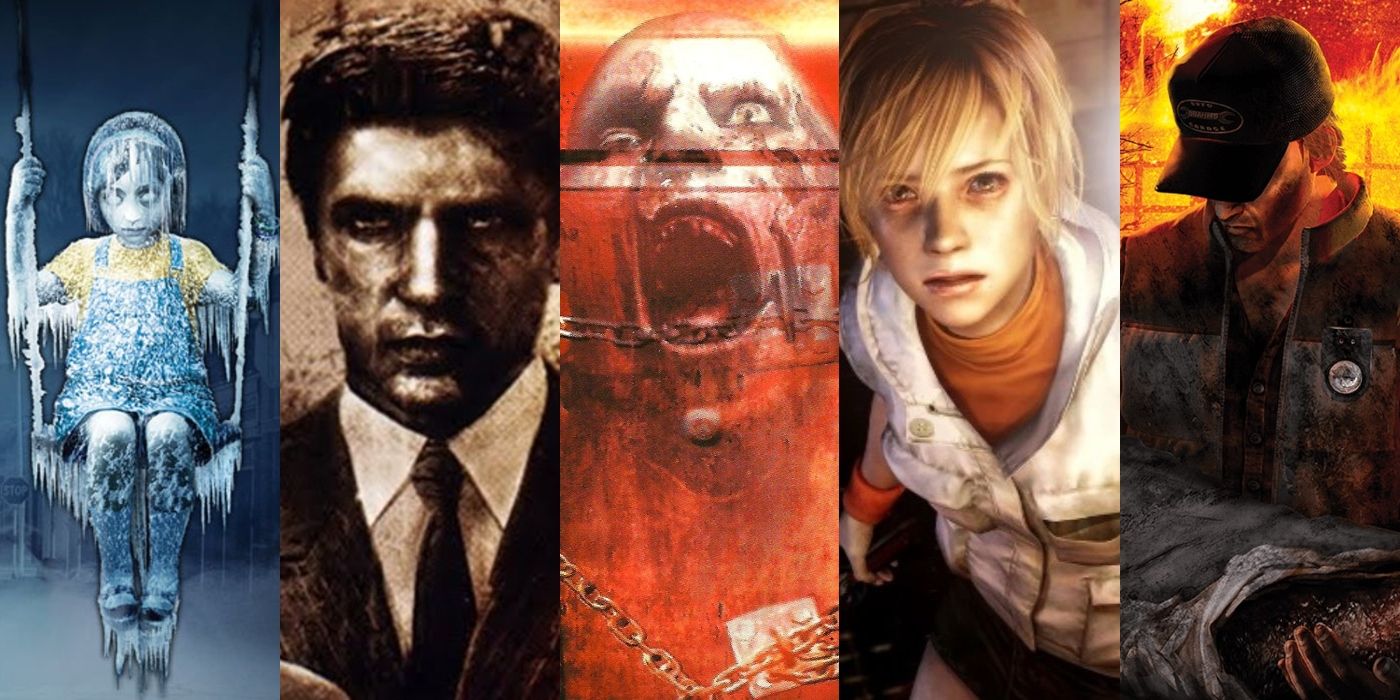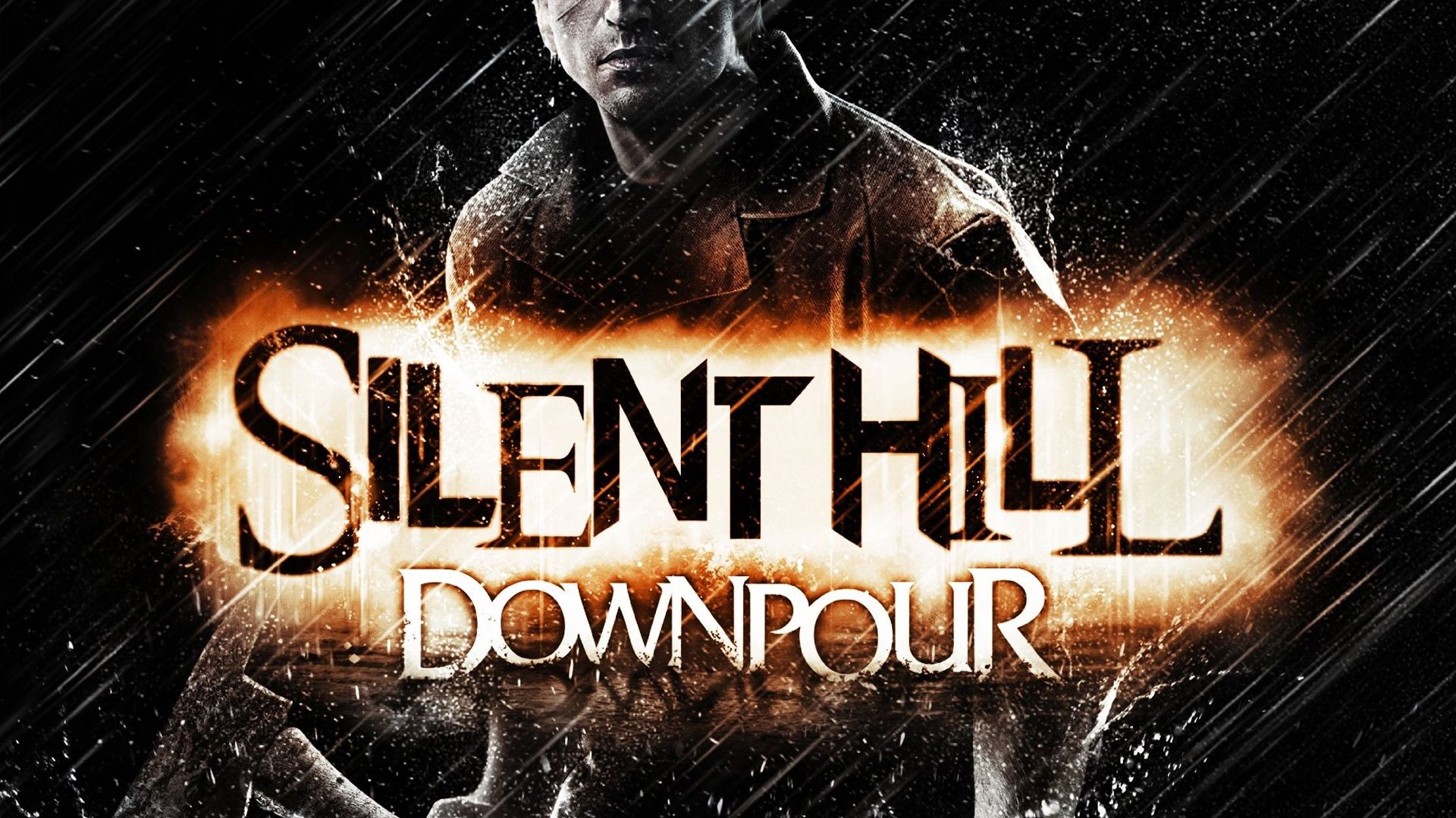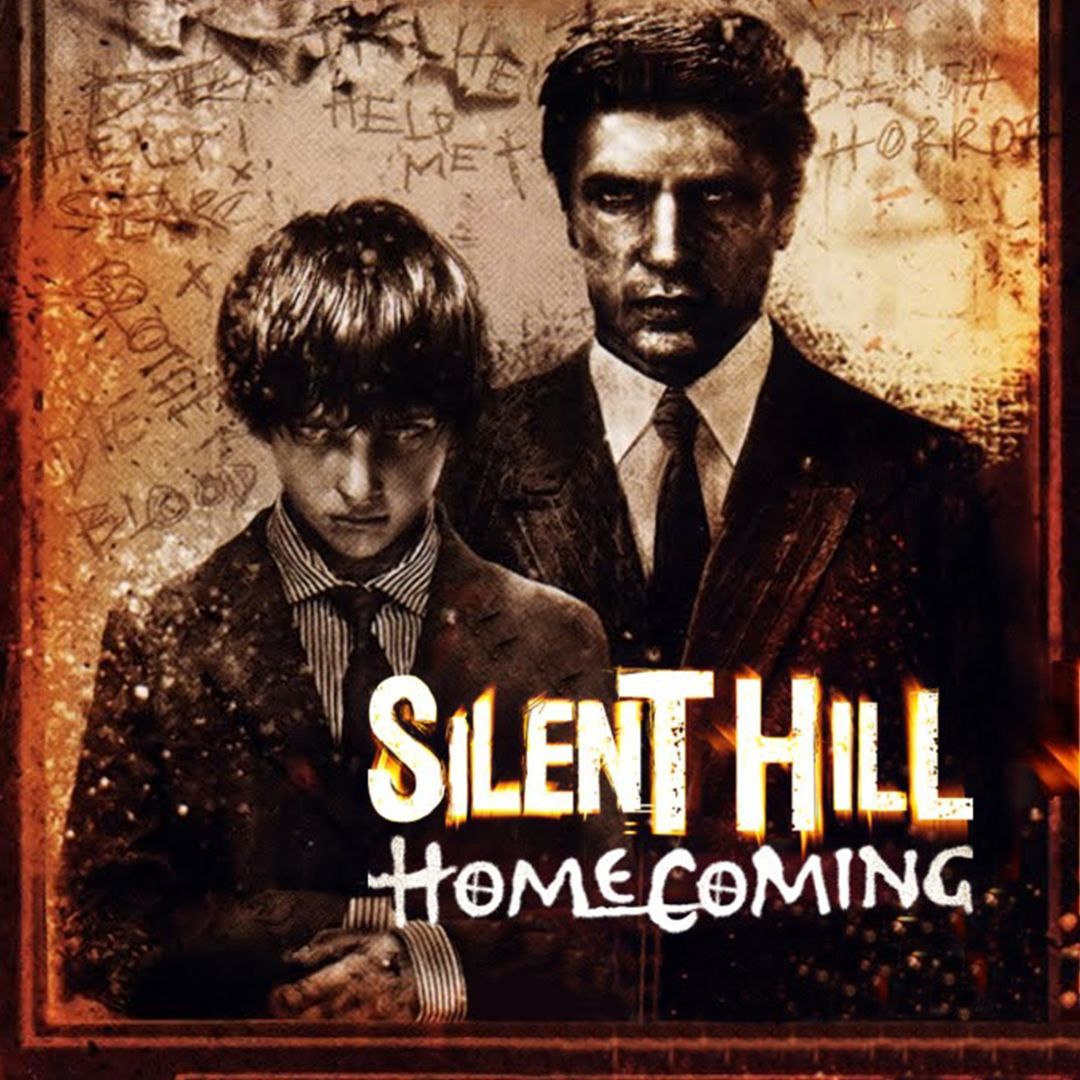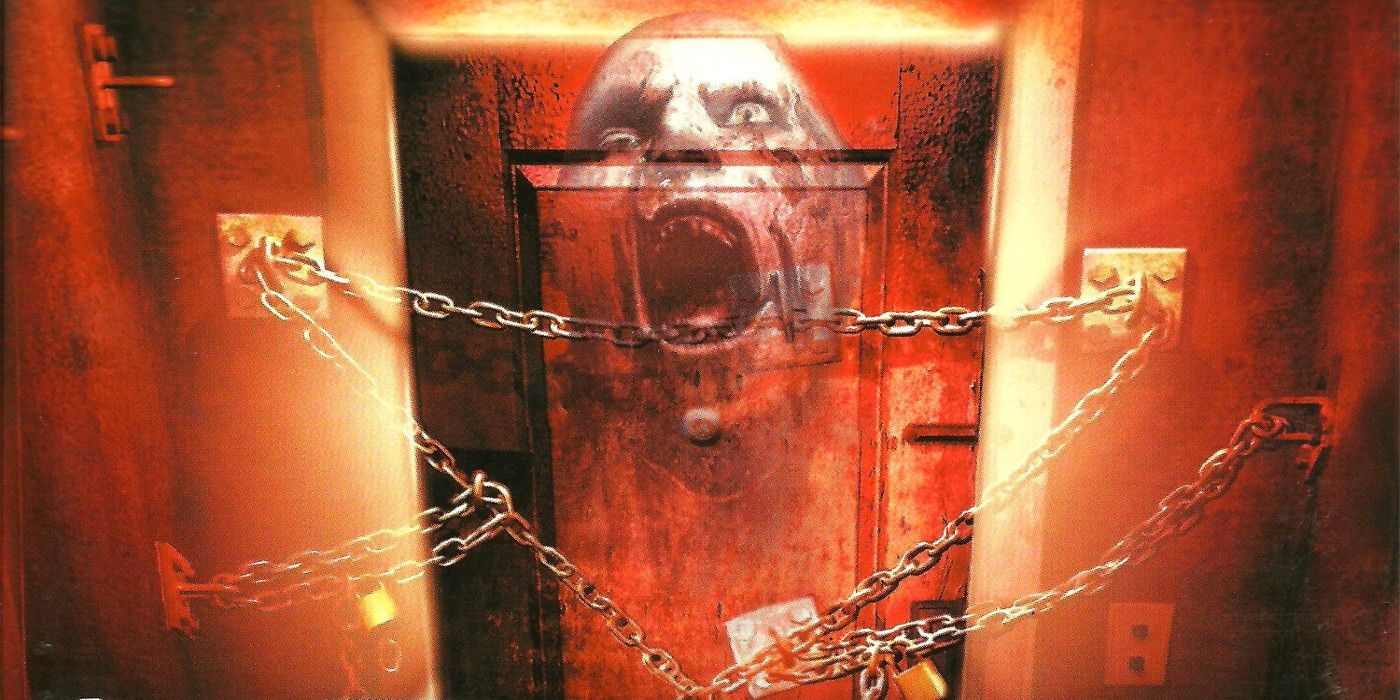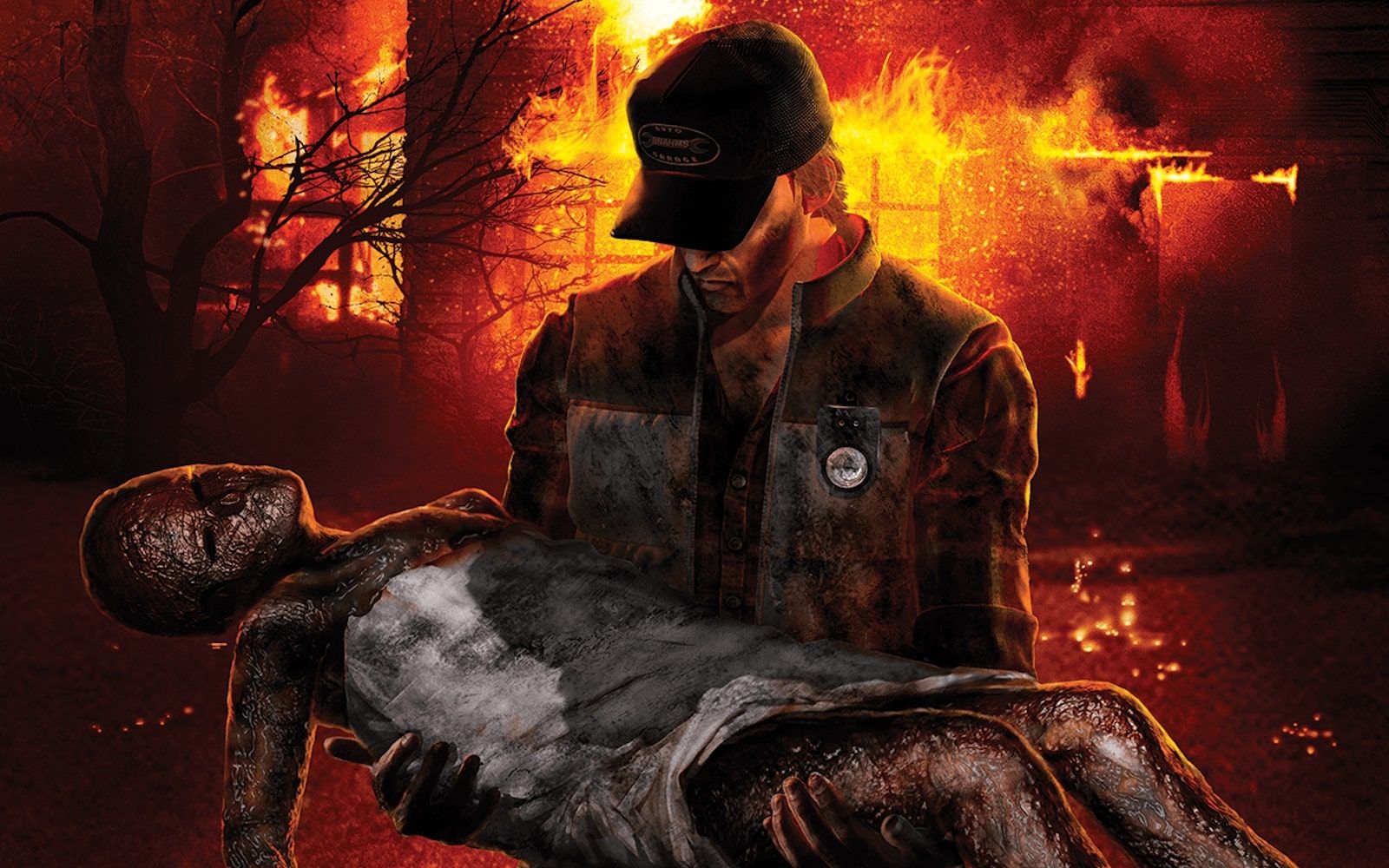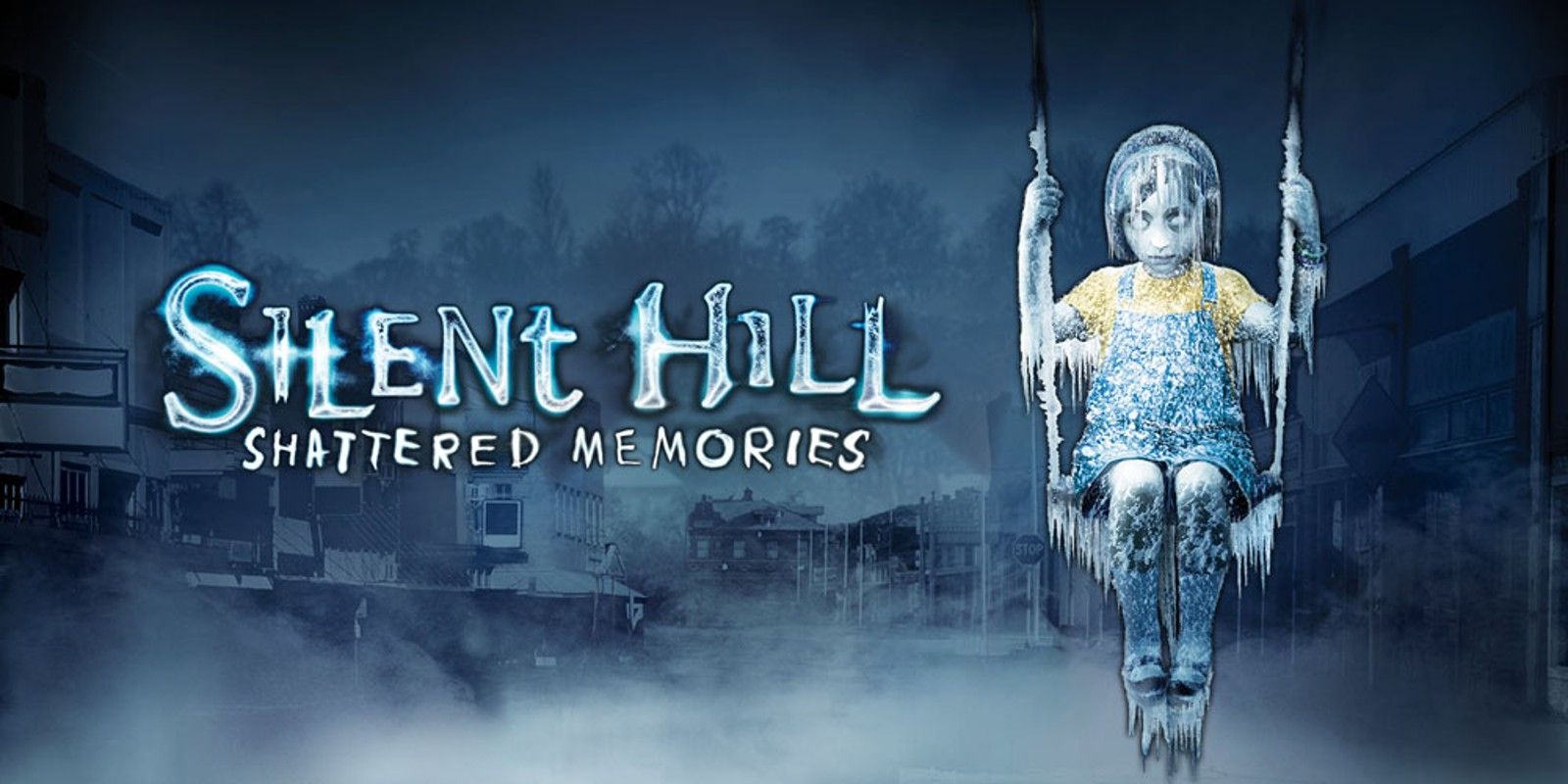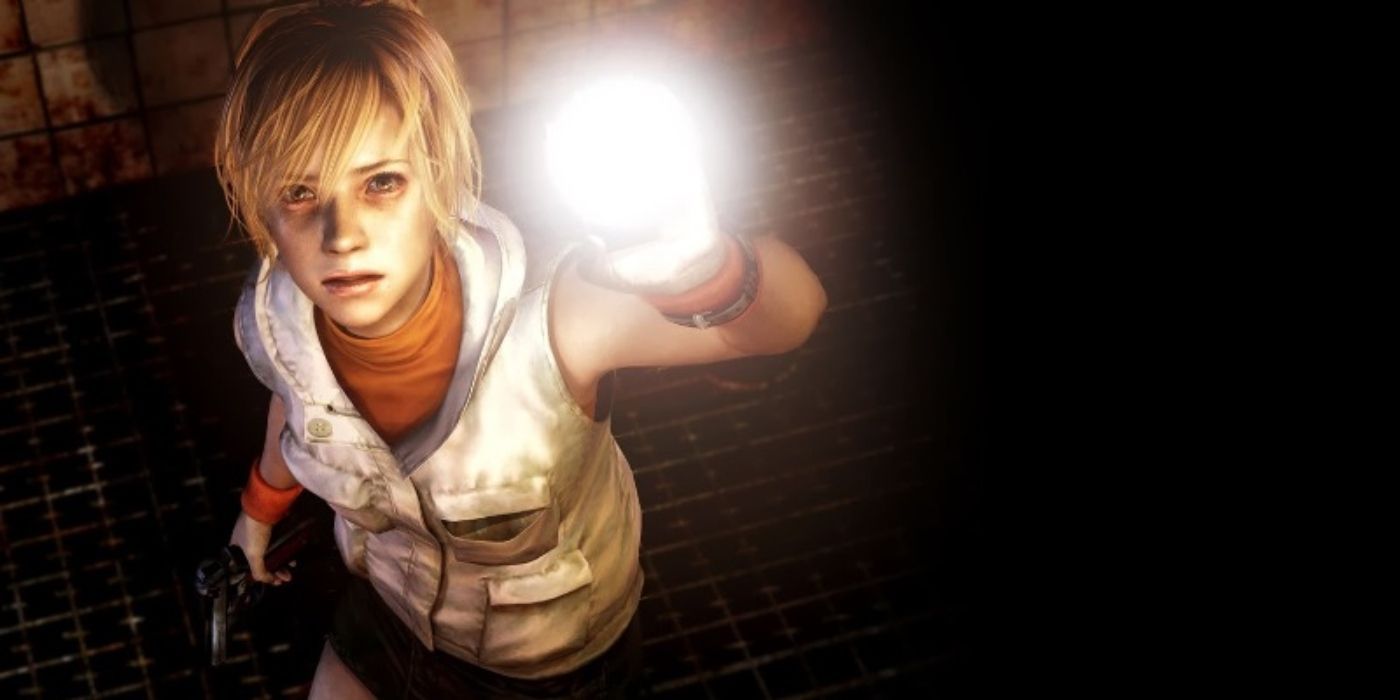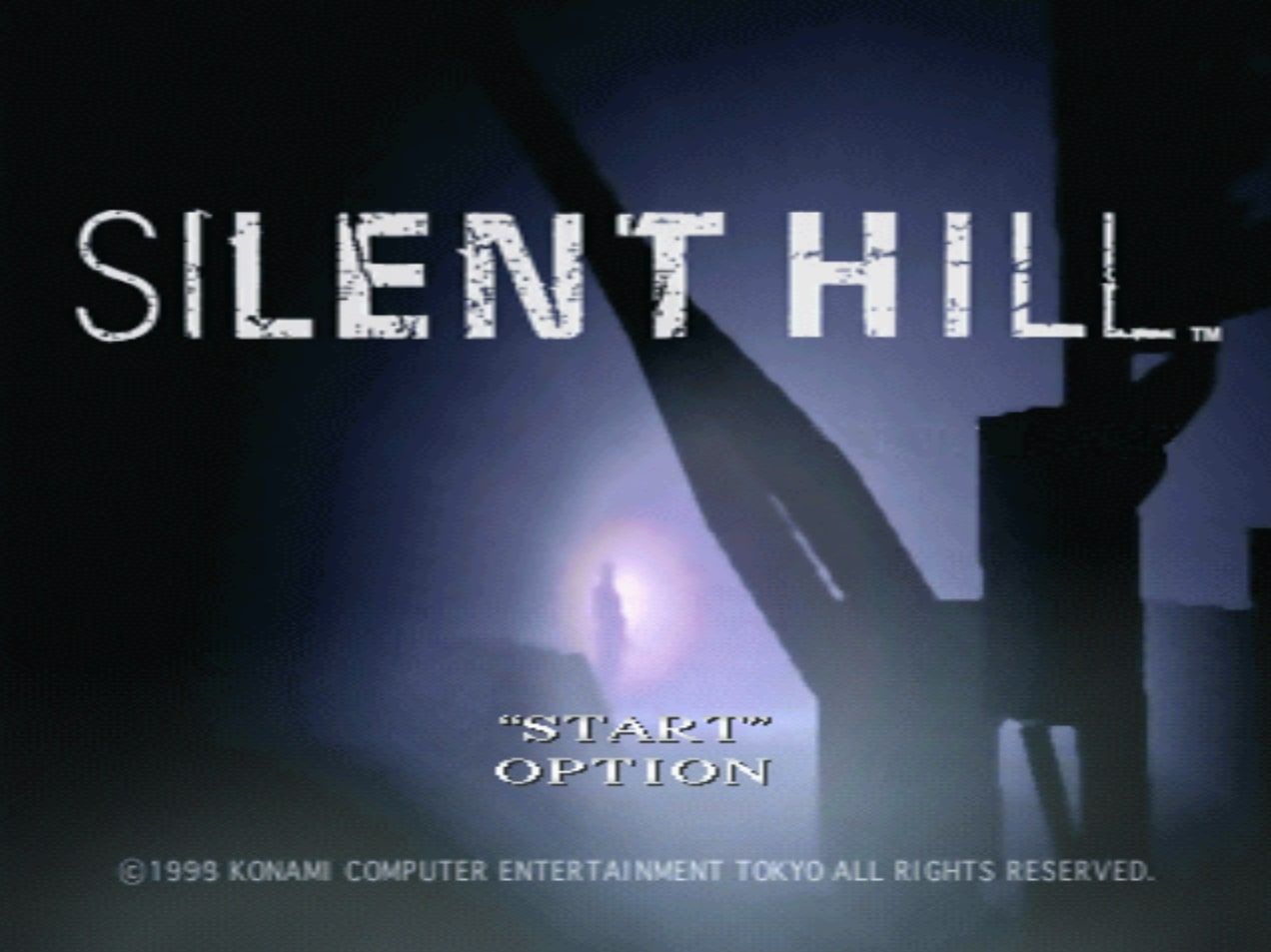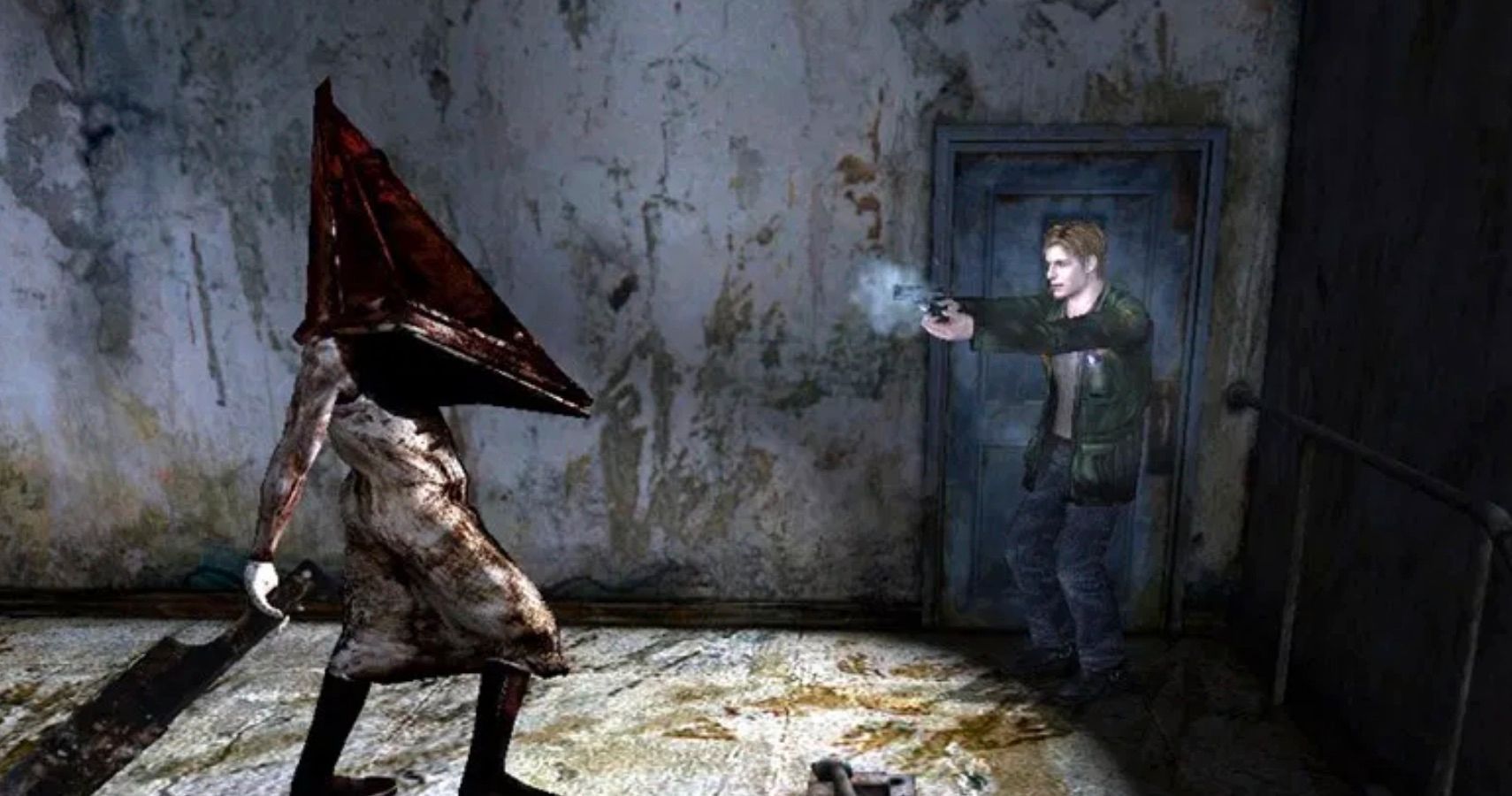While the world waits (perhaps in vain) for a new Silent Hill game, ranking every mainline Silent Hill title from worst to best seems as good a way as any to pass the time. The franchise has certainly seen its share of ups and downs, especially after the series’ reins passed from Team Silent (the creators of the first four SH games) to a rotating cast of developers in America, Britain, and the Czech Republic. That lack of consistency might help explain why, in many ways, the latter Silent Hill games never quite managed to live up to the franchise’s origins.
The Silent Hill series has been woefully neglected by Konami as of late. The last main series game (Silent Hill: Downpour) was released in 2012, and since then, the franchise has seen scant more than a pachinko machine. To be fair, there was P.T., the fantastic demo released in 2014 for Hideo Kojima’s Silent Hills. Tragically the title was canceled and the demo delisted, although there have been rumors of Silent Hills revival.
In addition, the news that Keiichiro Toyama (the creator of Silent Hill) is working on a new horror game may finally give SH fans something to look forward to. But before proceeding to that hopefully terrifying (in a good way) future, take a moment to remember the good and the bad of where Silent Hill has already been.
Silent Hill: Downpour (2012)
Silent Hill: Downpour unfortunately closed out the franchise’s main series with a whimper rather than a bang. Developer Vatra Games attempted to freshen up the formula with new elements, but the experiment proved to be hit and miss (mostly miss). The game’s semi-open world version of Silent Hill often left players feeling lost and unsure of what they were meant to do next. The sloppy, janky controls make the melee combat feel difficult at its best and almost impossible at its worst. Throw in weapons that seem to break at the worst possible moment, along with Murphy Pendleton’s (the player character) tendency to get staggered at the slightest touch, and the end result is a SH sendoff fans would just as soon forget.
Silent Hill: Homecoming (2008)
Silent Hill: Homecoming was released in North America and Europe, but the Japanese version was cancelled. Although Konami never gave an official reason for the decision, it’s easy to imagine the company just didn’t want to bother localizing such a mess of a game. The biggest change is the protagonist, Alex Shepherd. Unlike the series’ previous player characters, Alex is amazingly capable in combat. He dodges danger and strings combo attacks together like a pro - so much so that there’s actually not much to fear from whatever monsters the player may encounter. This lack of fear pretty much permeates the entire game, from the predictable jump scares to the saw-that-coming-a-mile-away plot twist. Akira Yamaoka’s score is great as always, and the voice acting is a noticeable improvement from the franchise norm, but unfortunately, a Silent Hill game that’s not scary is not worth much at all.
Silent Hill 4: The Room (2004)
Silent Hill 4: The Room was Team Silent’s fourth and final contribution to the series it made famous. The result of its efforts produced perhaps the most divisive title of the series. Some critics claim Silent Hill 4 is underappreciated and perhaps even the scariest game of the series. Others criticize the clunky combat, difficulty spikes, and the fact that the game’s second half is one big escort mission.
Puzzles are largely replaced by fetch quests, big boss fights are swapped for unrelenting ghost enemies, and Silent Hill itself is mostly traded for an apartment (the titular room). While it’s clear the game took some chances (and halfway through the Silent Hill series’ lifecycle, it could certainly be argued that some freshening up was due), the changes were too much for the liking of many fans.
Silent Hill: Origins (2007)
The follow up to the divergent Silent Hill 4, Silent Hill: Origins’ main problem is that it overcorrected on the complaints leveled at its predecessor. Instead of trying to make its own mark on the series, the game stayed safely within the established formula, resulting in a familiar, rather bland experience. Critics lauded the game’s visuals and attention to detail, but bemoaned its short length and predictable story. SH: Origins is a prequel to the first Silent Hill game, and to be fair, prequels often suffer from predictability simply due to their nature. However, even if the title adds to the series’ lore, familiarity breeds tedium, not terror - and terror should be the priority of every SH game.
Silent Hill: Shattered Memories (2009)
Silent Hill: Shattered Memories is a reimagining of the franchise’s first game. Despite the fact that it made major changes to the series’ typical gameplay and to familiar characters, Silent Hill: Shattered Memories was largely praised as a breath of fresh air in a franchise that had grown arguably stale. Players once again control Harry Mason, but this time, the game alternates between sessions at a therapist’s office and searching Silent Hill for Harry’s daughter, Cheryl. There is no combat in the game; Harry can only run and hide, and these chase segments are often frustrating. However, the Wii’s motion controls paired well with the game’s puzzle-solving requirements, such as searching with a flashlight, making phone calls, and taking photos.
Silent Hill 3 (2003)
By the time Silent Hill 3 was released, critics were already beginning to complain about a lack of innovation in the series’ gameplay (in fact, Silent Hill 3 was nearly a different type of game altogether), and this gripe has dogged the franchise ever since. The game’s controls and camera also suffered from a case of jank, but overall, those are forgiven in the face of SH 3’s excellent atmosphere and genuine scares. This title continues the story of the first Silent Hill, and there are some truly disturbing moments, especially towards the end.
Silent Hill 3 holds layers of context to be discovered, from horror movie Easter eggs to the “hard” puzzle setting, which tests the player’s knowledge base rather than just their logical skills. In many ways, the main problem with SH3 is that it was given the impossible task of following up the near perfection of the series’ first two entries.
Silent Hill (1999)
Much like Resident Evil did three years earlier, Silent Hill exploded onto the scene and forever changed the landscape of horror video games. From the game’s outset, it was apparent that the members of Team Silent understood horror in a fundamental way. Cheap jump scares have their place, but they’re nothing compared to the unrelenting, permeating sense of dread composed by SH. Team Silent even made the PlayStation’s hardware constraints work in its favor by disguising its limitations with fog and shadow. The technique was replicated by games of all types of genres (to the point that it became a punchline), but it was so successfully done in SH that fog became one of the series’ calling cards. The game’s not flawless by any means (it has original PlayStation tank controls and cheesy voice acting). Nevertheless, it’s an atmospheric masterpiece.
The Best Silent Hill Game: Silent Hill 2 (2001)
Despite Silent Hill 2's horrendous PC port, the title is undoubtedly the peak of the SH series. Many would even call it the peak of video game horror. Silent Hill 2 is a masterclass in psychological horror done right, delicately layering symbolism with emotion in a way that makes its point yet never becomes too heavy handed. It’s a balance that has been mimicked (nearly always unsuccessfully) by countless games since, and even Team Silent never truly achieved this level of perfection again. The iconic monster Pyramid Head is but one example of this - a way in which one might explain what the SH series is all about in a single image. Silent Hill 2 is often ranked among the best video games of all time, and deservedly so. It’s a dark, brutal game that’s not for everyone, but for those who dare to step foot in Silent Hill, the experience will not soon be forgotten.

